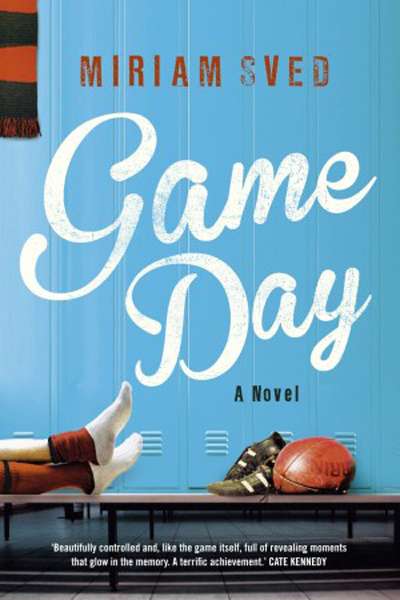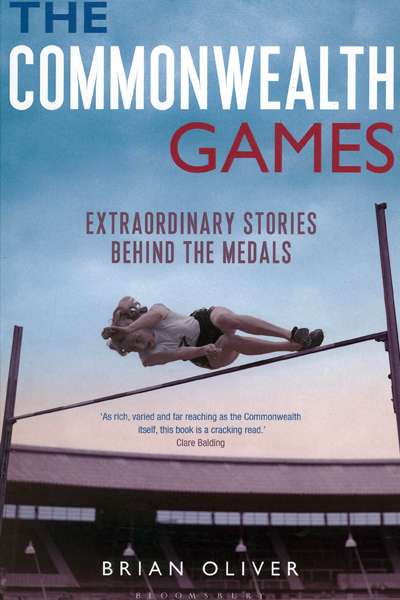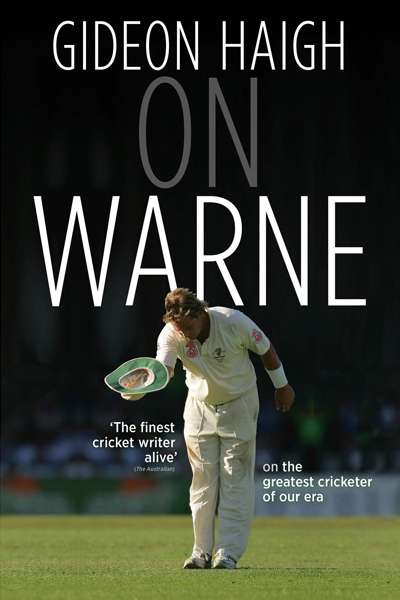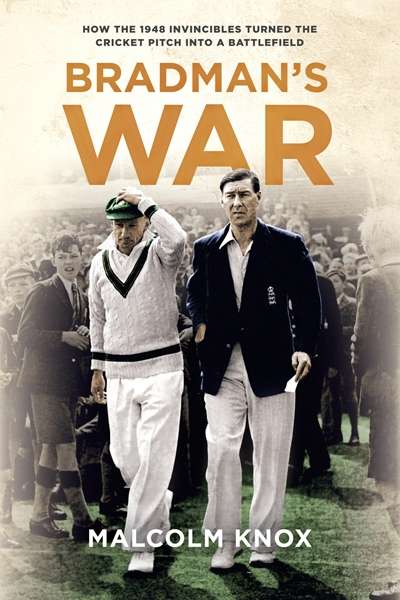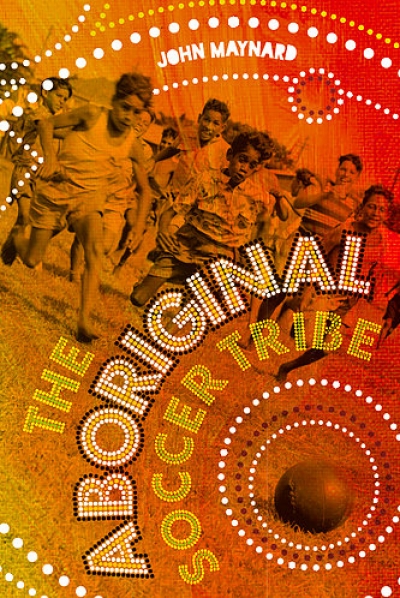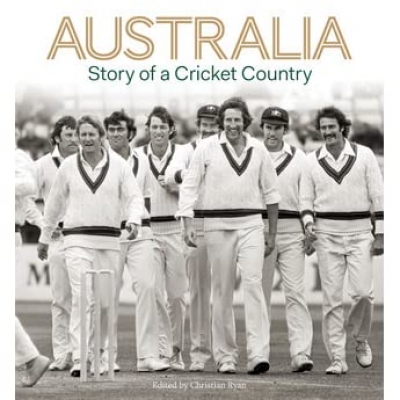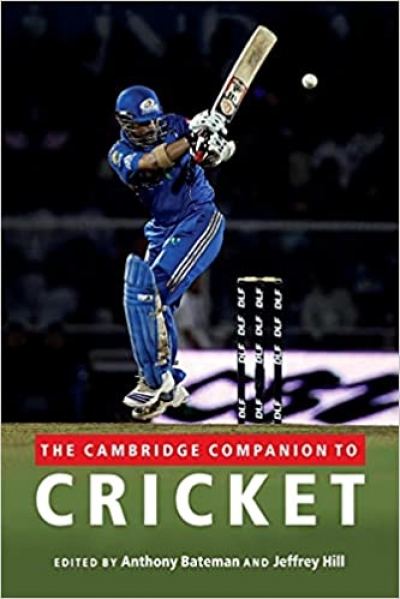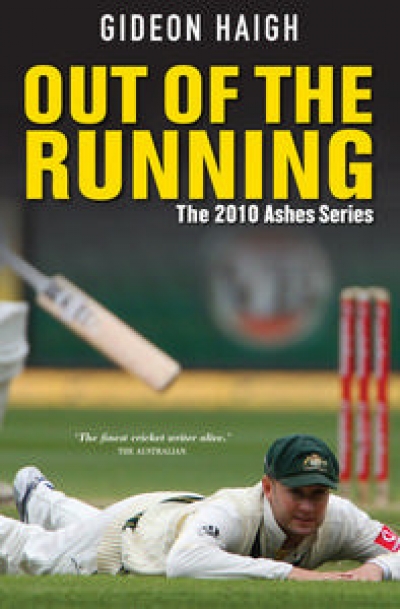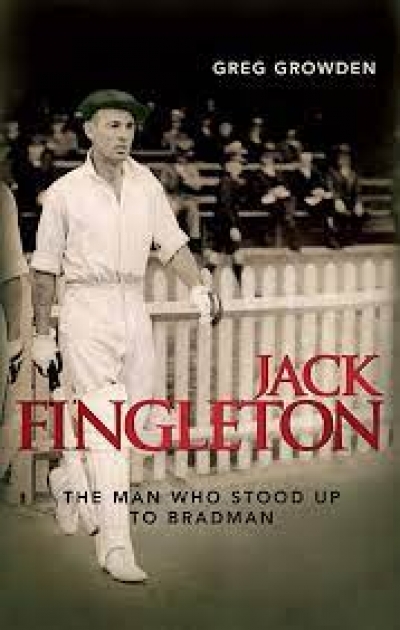Sport
The Commonwealth Games: Extraordinary stories behind the medals by Brian Oliver
by Bernard Whimpress •
Bradman’s War: How the 1948 Invincibles Turned the Cricket Pitch into a Battlefield by Malcolm Knox
by Bernard Whimpress •
The Aboriginal Soccer Tribe: A History of Aboriginal Involvement with the World Game by John Maynard
by Bernard Whimpress •
Australia: Story of a Cricket Country edited by Christian Ryan
by Bernard Whimpress •
The Tennis Courts of Lyon: Les Jeux de Paume de Lyon by Richard Travers
by Colin Nettelbeck •
The Cambridge Companion to Cricket by Anthony Bateman and Jeffrey Hill
by Bernard Whimpress •
Out of the Running: The 2010–11 Ashes series by Gideon Haigh
by Bernard Whimpress •

